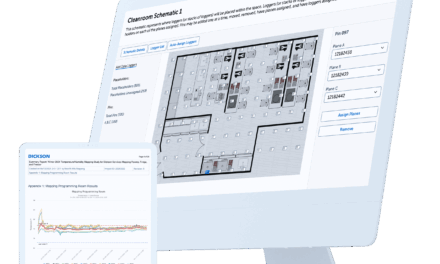What do you want from life? New tricks to avoid paying high endoscope repair fees and signing endless shipping waybills? Well, here are devices that are going to rock your world, and suggestions that will prompt the OR staff to think you are a star. New test equipment to assess endoscope performance is changing how hospitals manage the tubes. Let’s take a look inside.
 Hospital budgets are perpetually under scrutiny. When the line item “Endoscope Repairs” reaches the $50k per year level, someone’s bound to notice and call on his or her favorite BMET to investigate (and fix) the problem.
Hospital budgets are perpetually under scrutiny. When the line item “Endoscope Repairs” reaches the $50k per year level, someone’s bound to notice and call on his or her favorite BMET to investigate (and fix) the problem.
Hartford Hospital in Hartford, Conn., with about 30,000 endoscopic procedures a year, is a perfect example. Eric Rosow, Hartford’s director of engineering says, “For a large hospital to spend $50k to $100k per year is not an outrageous number.”
Seven years ago, Rosow analyzed the large expenditures for endoscope repairs that the hospital incurred. He also heard about incidents where an endoscope needed to be replaced mid-procedure due to poor image quality (and we can imagine clinicians who might have uttered a naughty word or two when that happened!). Rosow, who had been interested in virtual instrumentation for years, and his colleagues took action. In a collaboration that included biomedical personnel, surgeons, nurses and OR technicians, software engineers, and members from research and administrative staff, Rosow’s group developed The EndoTester.
The EndoTester is a specialized optical bench that provides quantitative testing of the fiber optics and lens systems in rigid endoscopes. This system has been used to evaluate scopes prior to purchase or acquisition, as a component in a prospective maintenance program, to troubleshoot when a problem arises and for life-cycle analysis of endoscope performance. An endoscope can be tested before and after the scope is sent out for repairs to determine effectiveness of those activities. With an intuitive user interface, this system is considered “plug and play” and permits comparison of scope performance over time.
Determining when a scope needs to be replaced is a valuable function of ongoing testing. Quantitative objective data, rather than a subjective evaluation that a scope isn’t working properly, helps to make informed decisions concerning repairs or replacement.
To purchase the full text of this article, click here…



